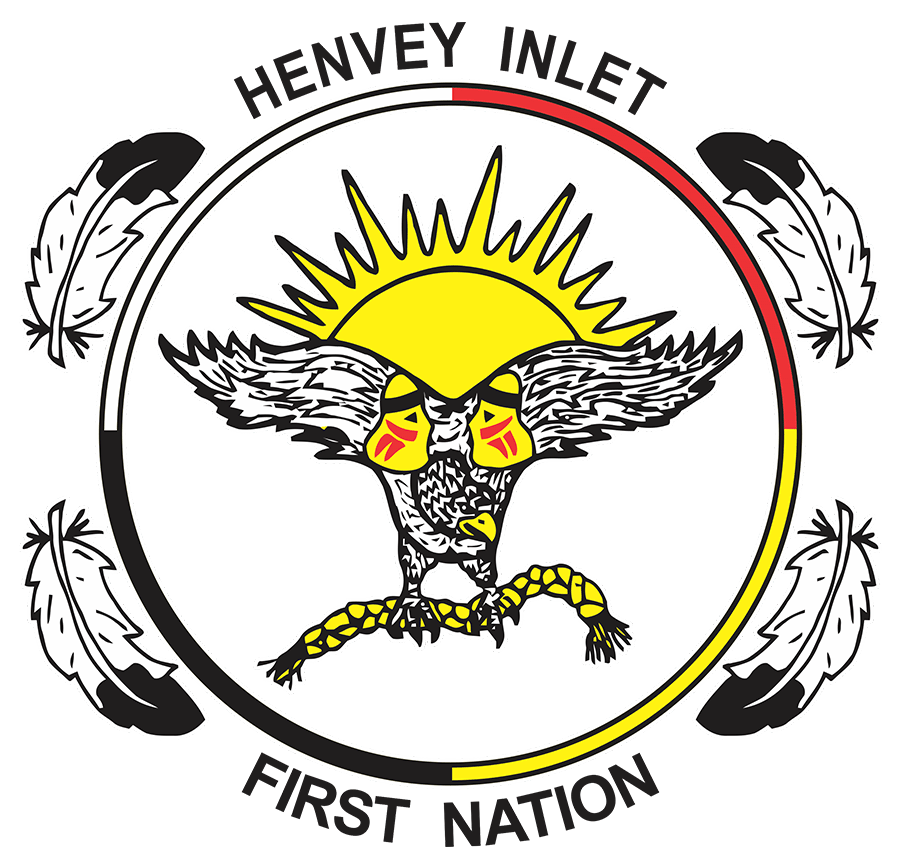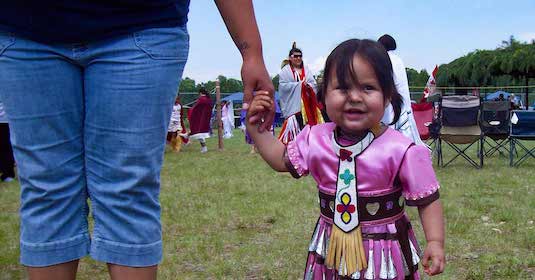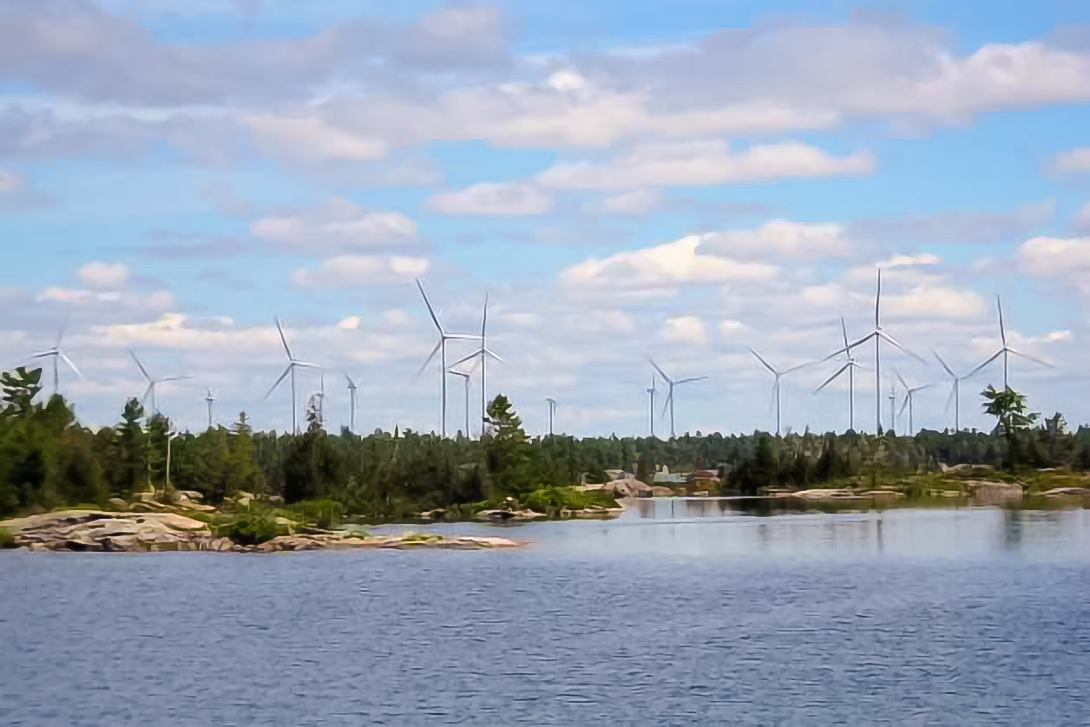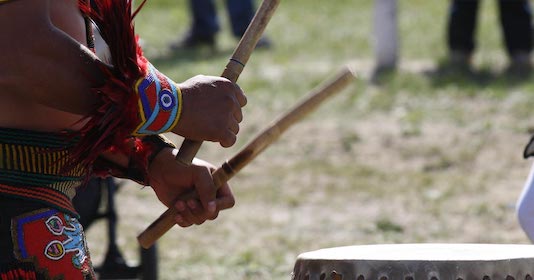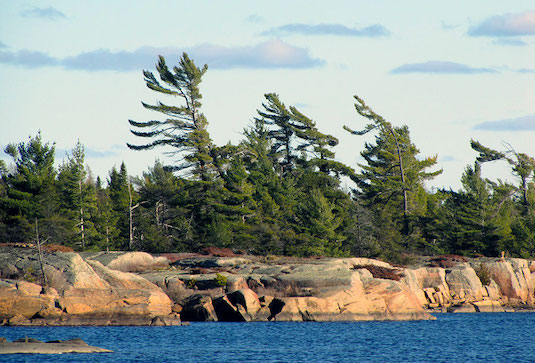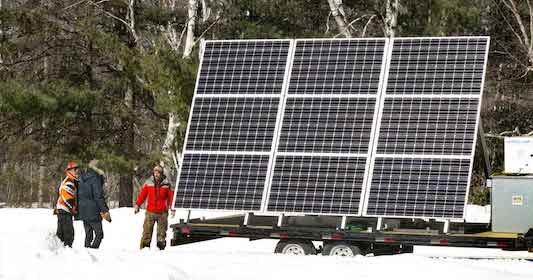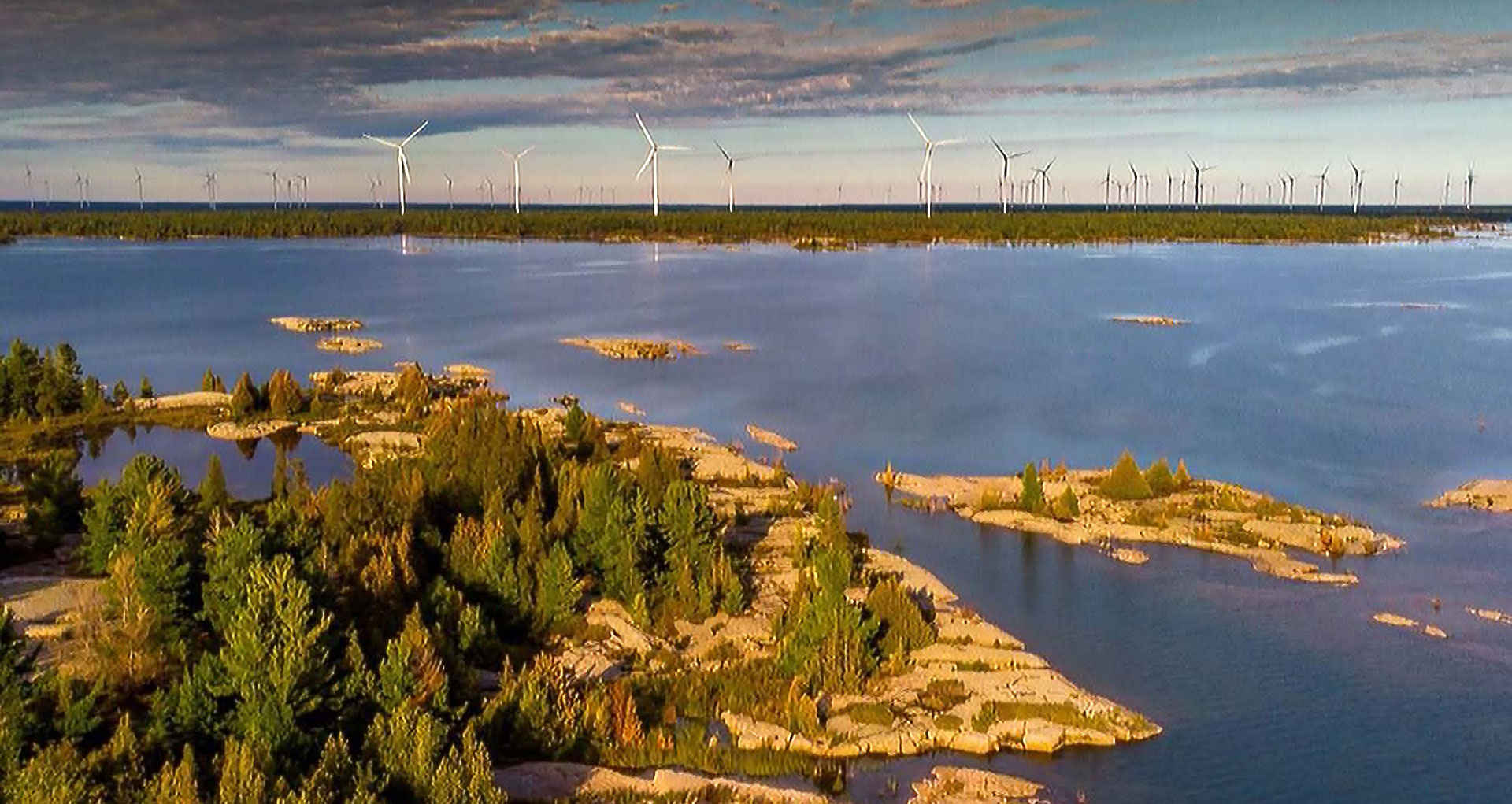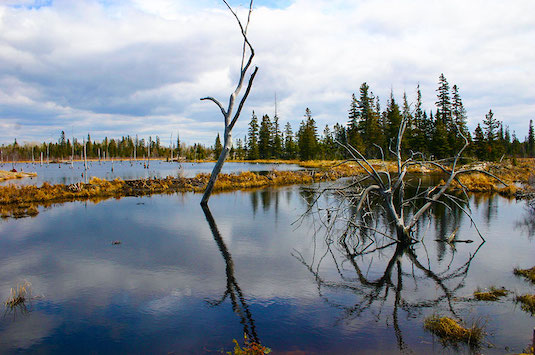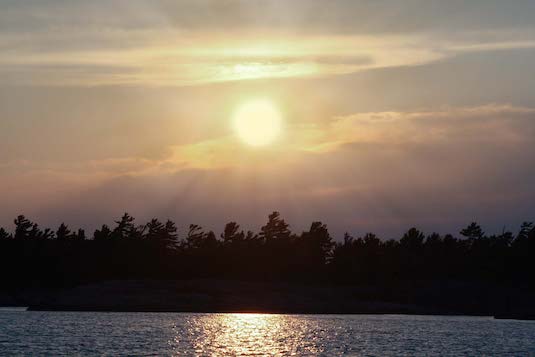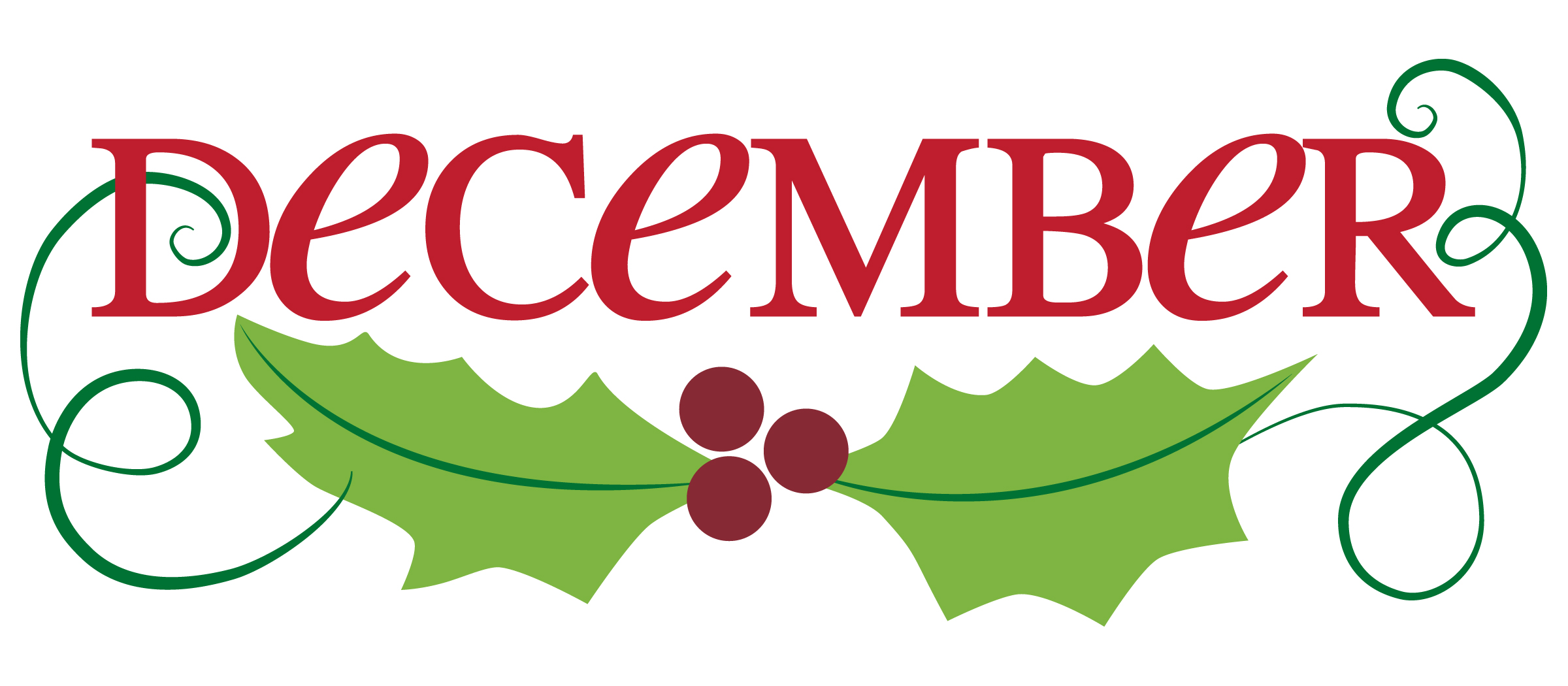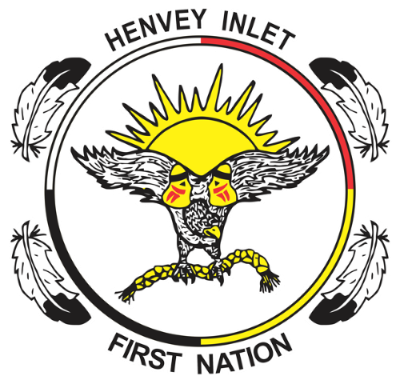Draft Environmental Assessment in good shape
By Jennifer Ashawasegai, Communications Coordinator
Dec. 23/16 - Third party experts by Henvey Inlet First Nation gave the nod to the environmental assessment (EA) conducted by Aecom. However, they did give numerous recommendations, most of which, have been reflected in the presentation on December 15th to community members in Henvey Inlet First Nation.
Nearly thirty people attended the Environmental Assessment summary review which was held at the Fire Hall. AECOM representatives Kyle Hunt, Project Manager and Jillian Deman, Terrestrial and Wetland Ecologist presented the EA summary and third party experts, Savanata President and CEO Tom Hilditch and Manager Environmental Assessment and Stakeholder Consultant with Arcadis Anneliese Grieve discussed their recommendations after their careful review of the EA conducted by AECOM.
Hunt said, “AECOM has made commitments in the E.A for mitigation to avoid spills if there are any. The mitigation factors include a spill response plan as well as rehabilitation for soil and water. “
There are a number of special issues to consider in the areas where turbines will be going up. Henvey Inlet is home to four different kinds of wetlands: swamp, marsh, fen and bog. It is also home to a number of species at risk, including: Canada Warbler, Whip-poor-will, Blanding’s Turtle, Eastern Musk Turtle, Eastern Foxsnake, Eastern Hog-nosed Snake, Massassauga along with the Tri-coloured bat.
In order to preserve species-at-risk and minimize damage to important habitat like wetlands, Deman said, “The construction footprint will be micro-sited to avoid sensitive habitat and monitors will go out to site access service roads to avoid nesting sites.”
She explained that micro-siting means they will do the best they can to do as little damage as possible to the environment and minimize disruption to species living in the area.
For instance, Deman said the narrow service roads, “will have eco-passages with bridges or culverts under the road to help sheppard snakes and turtles, and the speed limits on entire sites have been reduced to 20 km/h.”
Some of the habitat will be re-created for some species. Hibernacula – where snakes hibernate in the winter can be created if a specific turbine will be in an area where there is a concentration of particular snakes. Bats are not left out of the equation. If need be, artificial roosting sites will be constructed for the night-flying creatures.
Lighting and noise is another issue that is of concern because of light and noise pollution affect wildlife during construction and post construction. According to Deman, this will be minimized by only building during daylight hours, and in the case of emergency, ecologists will be called on to ensure strategic lighting will be used.
Of the large land base (get # again), only 1.5 % of it will be affected by construction of the 300 MW wind farm in Henvey Inlet #2.
Next month, January 2016, Henvey Inlet First Nation could be issuing an Environmental Permit for the project.
In many ways, this is a precedent setting process because this wind project is the largest of its kind in Ontario, and the largest First Nation project in Canada. Not only that, its also the first First Nation project to be tested under the First Nations Lands Management Act.
HIFN has its own Land Code, therefore, manages its own Lands, rather than the federal government. Not only that, provincial law does not apply on-reserve. In order to ensure all parties were comfortable with the process, HIFN developed a strict environmental policy to follow under its Environmental Guidance instrument. In it, federal and provincial laws have been closely observed, along with Band Member concerns and identification of sacred and heritage sites.
Chief Wayne McQuabbie said, “Council is satisfied with measures taken to date and will adhere to the recommendations by the experts on species at risk and sensitive sites.”
Both third party experts hired by Henvey Inlet First Nation were satisfied with the environmental assessment and mitigation factors from AECOM. Grieve said, “The EA report prepared by AECOM met the requirements of the guidance instrument. Most of my recommendations were to provide clarity, better understandability with respect to decisions made in the EA.”
Hilditch, who specializes in Species at Risk agreed and added, “The EA report provided a detailed understanding of species at risk and accurately described the number of species population sizes. The recommendations we provided are mostly precautionary and relate to providing more mitigation and a more cautionary approach to protecting species at risk.”
The next consultation will be held January 24th, 2016 at the fire hall when the final report will be presented. After community input over the course of this process, leadership could be in a position to publicly issue the environmental permit for the project. If all milestones have been met, construction of the wind farm will begin in spring 2016.
-30-
